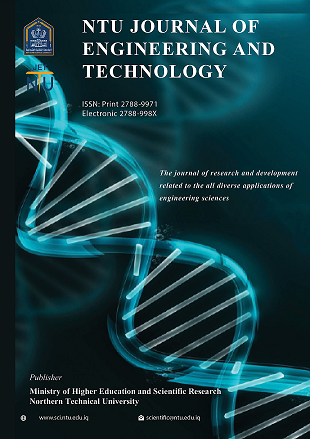Assessment of the gas turbine unit in Kirkuk gas power station using energy and exergy analysis.
DOI:
https://doi.org/10.56286/ntujet.v1i2.95Keywords:
Simple cycle , Gas turbine ,Energy analysis, Exergy analysis, IrreversibilityAbstract
The present study aims to evaluate and analyze the gas turbine power generation unit (K3) in the Kirkuk gas power station under actual weather conditions of (2017), which is located south of Kirkuk in the district of Taza. The (K3) unit has a production capacity estimated at (255 MW) at maximum load; the unit consists of a gas turbine and an air compressor connected to the generator via a common shaft and operates in the Joule-Brighton simple cycle. The current study dealt with the analysis of the energy and exergy for the mentioned unit based on the law of conservation of mass, the first law, the second law in terms of the influence of each of the factors (ambient temperature, compression ratio, and relative humidity). Two methods were used to simulate the working data; the first is simulation programming by Excel, and the other is by using CHEMCAD software; the average data have been used in the simulation process for each month in that year to evaluate the performance of the unit K3. The simulation results showed that the combustion chamber represents the most important part in the exergy destruction, and the largest energy rate can be obtained from fuel as chemical, and the results of both methods showed maximum energy and energy efficiency was around (37.67%) and (36.89%), respectively











